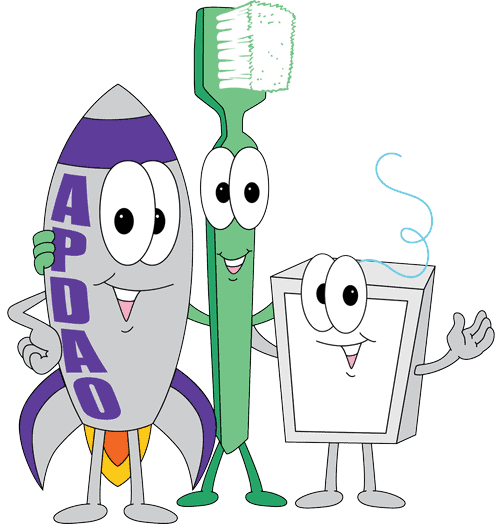Improving Appearance
Looks are important to self-esteem and success. While orthodontics treats misalignment of teeth, cosmetic dentistry addresses imperfections in the teeth themselves. These imperfections usually involve discoloration (whether in spots or on the whole tooth), malformation and chipped or broken teeth.
Discoloration of a Whole Tooth
General discoloration of a tooth can be caused by any of several things:
- A sharp blow
- Serious illness while the teeth are under development
- Taking certain medicines during tooth development
- Poor hygiene during orthodontic treatment
- Genetic factors
General discoloration of a tooth can be treated by bleaching, bonding of tooth colored composite material to the tooth, cementing tooth colored porcelain veneers or by placing porcelain crowns.
Bleaching can be effective in some but not all cases. It has several advantages:
- It is relatively inexpensive
- It removes none of the existing tooth and is painless
- In some cases a home treatment regimen can be prescribed
Porcelain crowns produce great and durable results but are not often recommended for pediatric patients. There are two reasons. First they are more costly than other treatments. Second, by their very nature, they require removal of significant amounts of the original tooth material. That can be a problem because often-large pulp chambers on young teeth do not allow sufficient tooth removal for proper crown thickness of porcelain.
Colored Spots on a Tooth
When part of a tooth is discolored, a technique called microabrasion is sometimes effective. Here a small layer of tooth enamel is removed with a slightly acidic abrasive compound. Microabrasion is a painless process. It is often effective for superficial spot discoloration.


